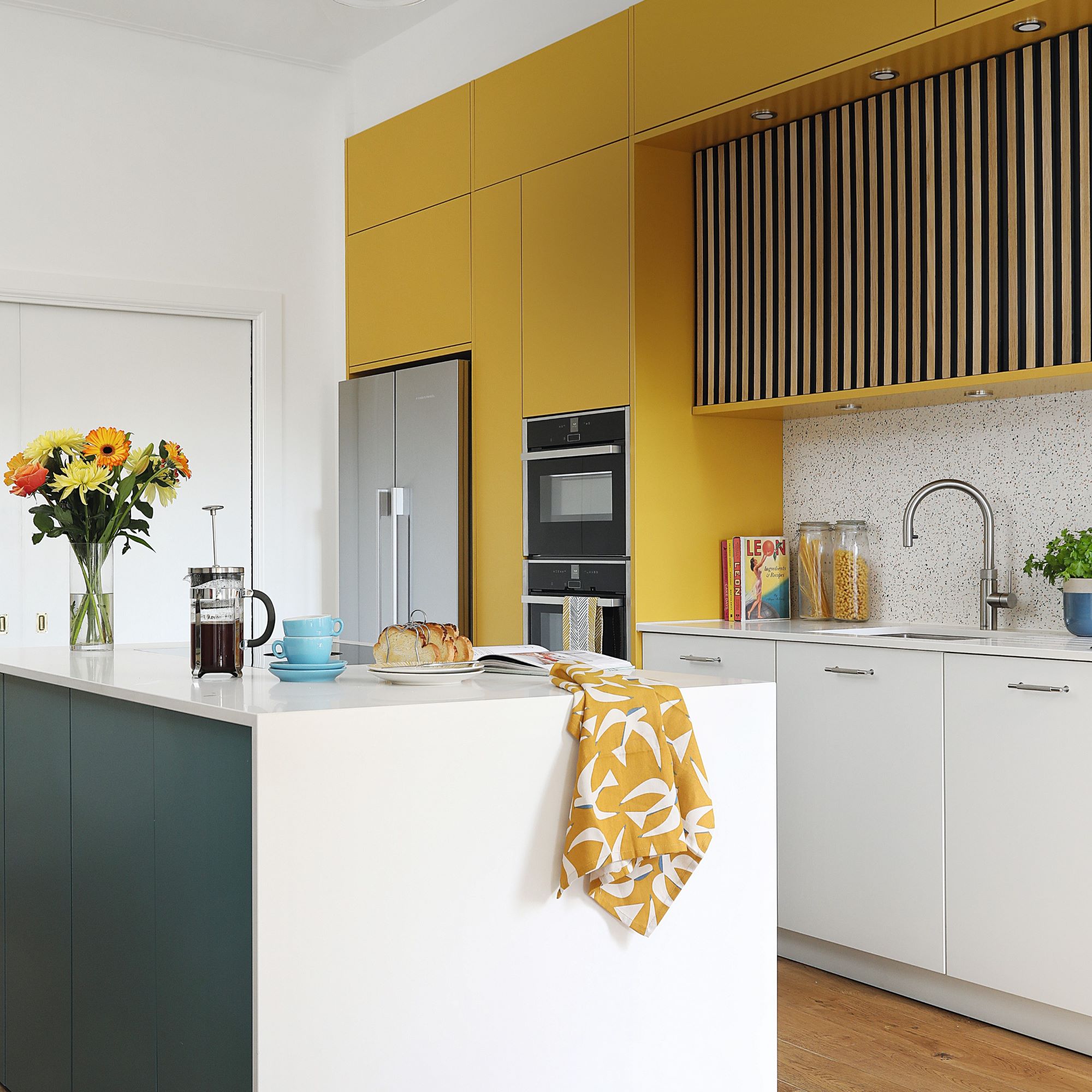
Chilly weather, post-holiday blues and broken New Year's resolutions - it's not surprising that many of us find January a tough month. However, there are small ways you can use your home decor to counteract these blue feelings like incorporating 'happy triggers' into your home decor.
Adding 'happy triggers' to your home is a surefire way to give your home a mood-boosting makeover. Counsellor Leonie Holmes explains, ‘Emotional triggers are intense and typically distressing psychological feelings and sensations brought on rapidly by memories, objects, people and general sensory stimuli. There are also positive triggers that we experience.
‘Certain positive triggers can release “feel good” or neurochemical responses in the brain, such as dopamine, serotonin and oxytocin. We can learn to identify our positive triggers and then reinforce them through adapting our environments and daily habits to expose us to more of them.’
Happy trigger home decor ideas
Your journey to joyful living starts here. As a starting point, you need to take some time to think about what your happy triggers are. Consider the colours, scents, textures and objects that can fill your home with positive vibes, happy memories and all the good feels.
We've rounded up a couple of happy trigger home decor ideas to inspire you.
1. Decorate with a mood-lifting colour

Leonie Holmes says, ‘Colour can evoke mood and encourage positive emotional triggers. This will be very individual to the person.’
Your ‘happy colour’ will depend on your history and experiences, and what you associate with particular hues. Tap into your happiest memories to identify them.
For many people, that colour is yellow, with its associations to sunny days, warmth and sandy beaches. A 2020 study by a team of experimental psychologists, Feeling Blue or Seeing Red? (Domicele Jonauskaite et al) found that yellow was most strongly associated with joy (61% of participants), followed by orange (48%) and turquoise (45%). Their research also revealed that 63% of participants linked the colour pink with pleasure and love, with 55% associating it with joy. Green was also linked to positive and powerful emotions, as well as blue – possibly because of its relation to clear skies and clean water.
2. Use nostalgic fragrances
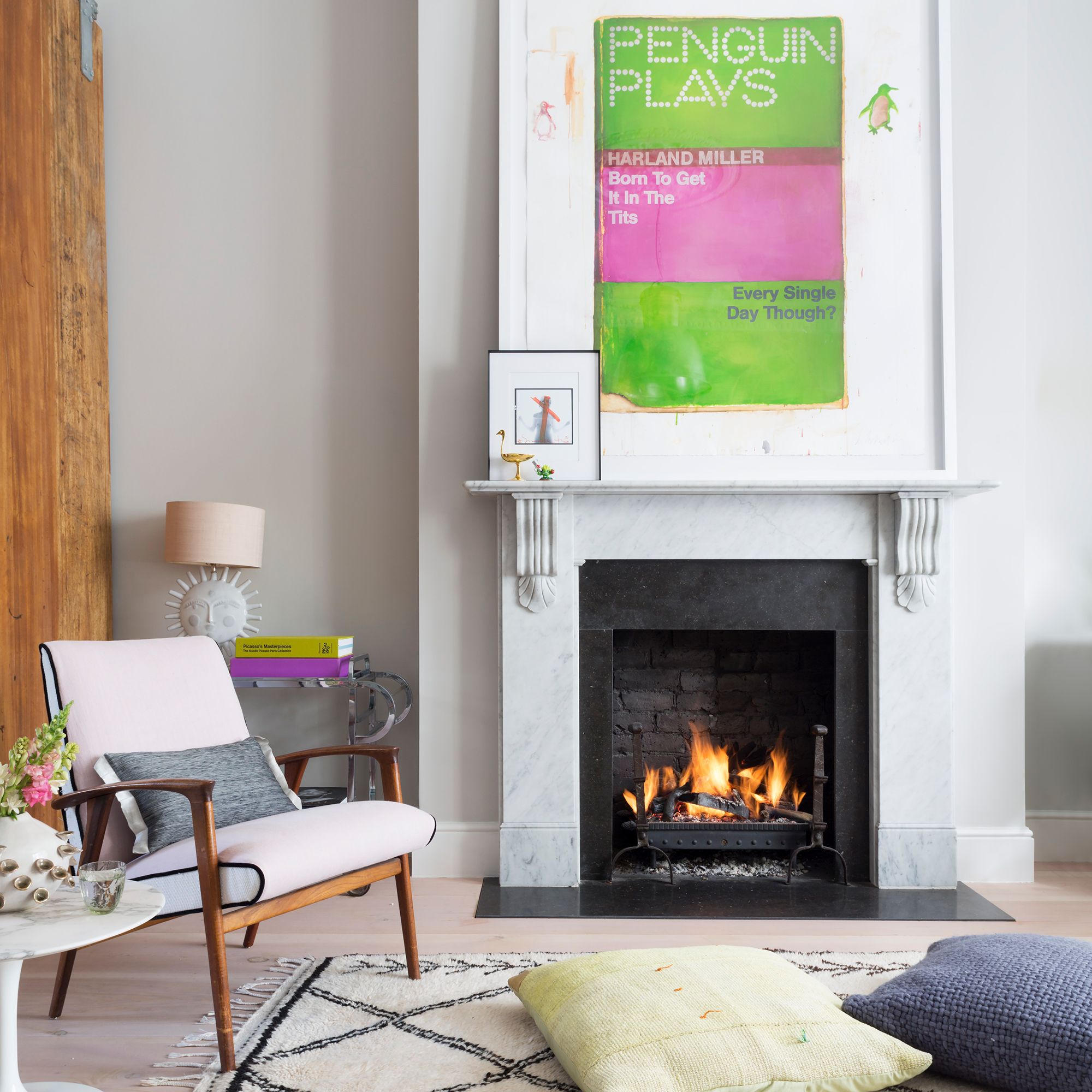
Of all the senses, smell is the most powerful for evoking memories – both positive and negative. In 2004, a study at the USA’s Brown University found that a group of women experienced more brain activity when smelling a perfume they associated with a positive memory than when smelling a perfume they had never smelled before. Their brain activity was also greater when smelling the memorable perfume than when given the visual cue of seeing the perfume bottle.
As this study shows the best home fragrance for you will be very personal. Think carefully about the home scents that make you happy which might be zingy citrus fragrances, summery fresh-cut grass, baking or the cosy smell of an open fire.
3. Pile up the cosy stuff
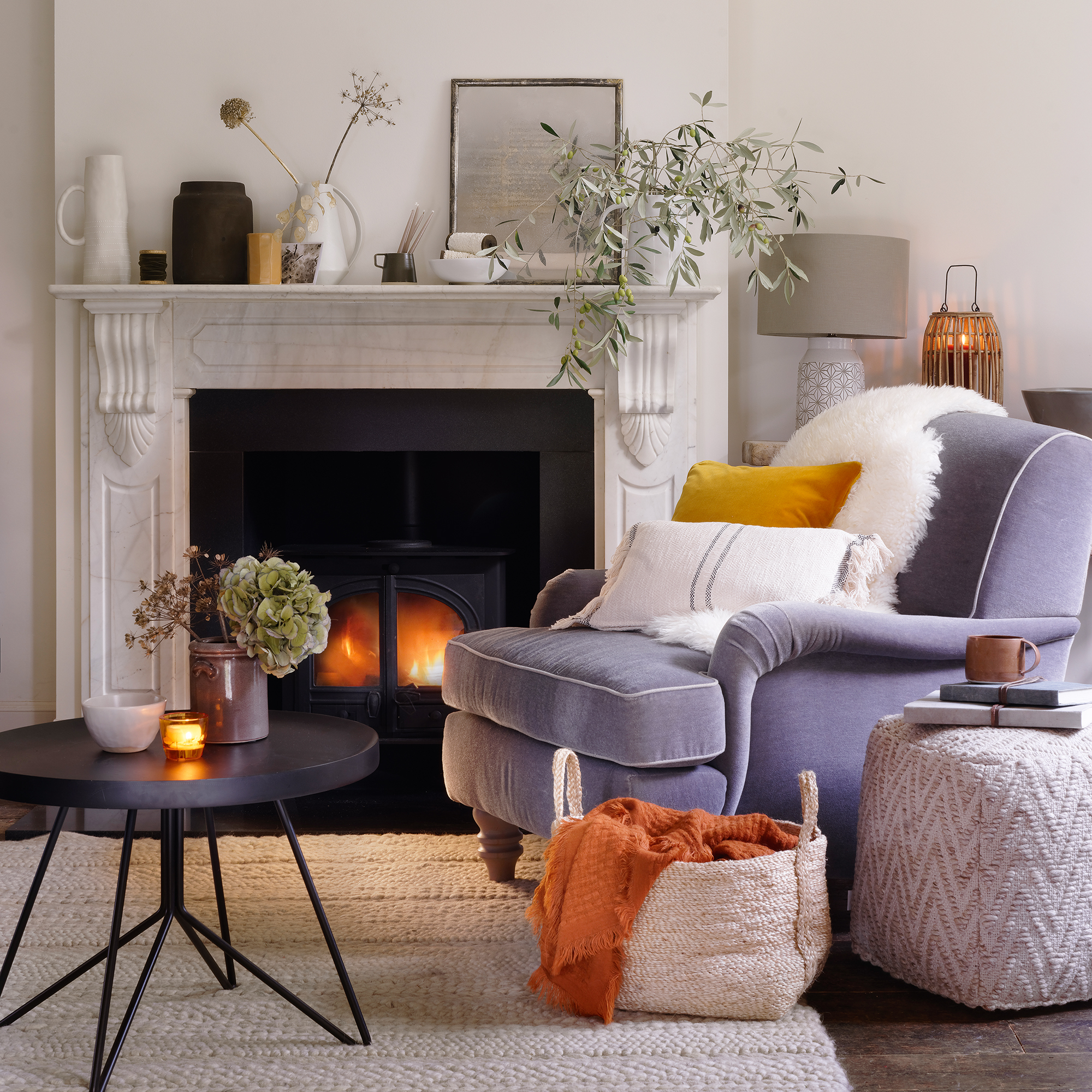
There’s a reason why youngsters reach for a teddy or blanket whenever they’re upset. It’s the same reason why homeware stores shift fleecy, faux-furry throws by the ton as soon as the weather turns wintry. Things that feel soft are a mental-health hug. A 2011 study published in The Journal of Consumer Research suggests that people experiencing low mood are extra-sensitive to textures and crave soft, cosy feels.
The sensory experience of touch is also a memory trigger: ‘Whenever we touch anything our memory system can activate an explicit (conscious) memory or an implicit one (those that we feel but for which we do not have words,’ says clinical psychologist Dr Mary C. Lamia. ‘An experience involving touch can become a felt presence in one’s body that may be activated years later.’
So pile up the fluffy blankets and invest in the supersoft cushions. If a soft-furnishing doesn't pass the touch test then think twice before buying it.
4. Make space for nature
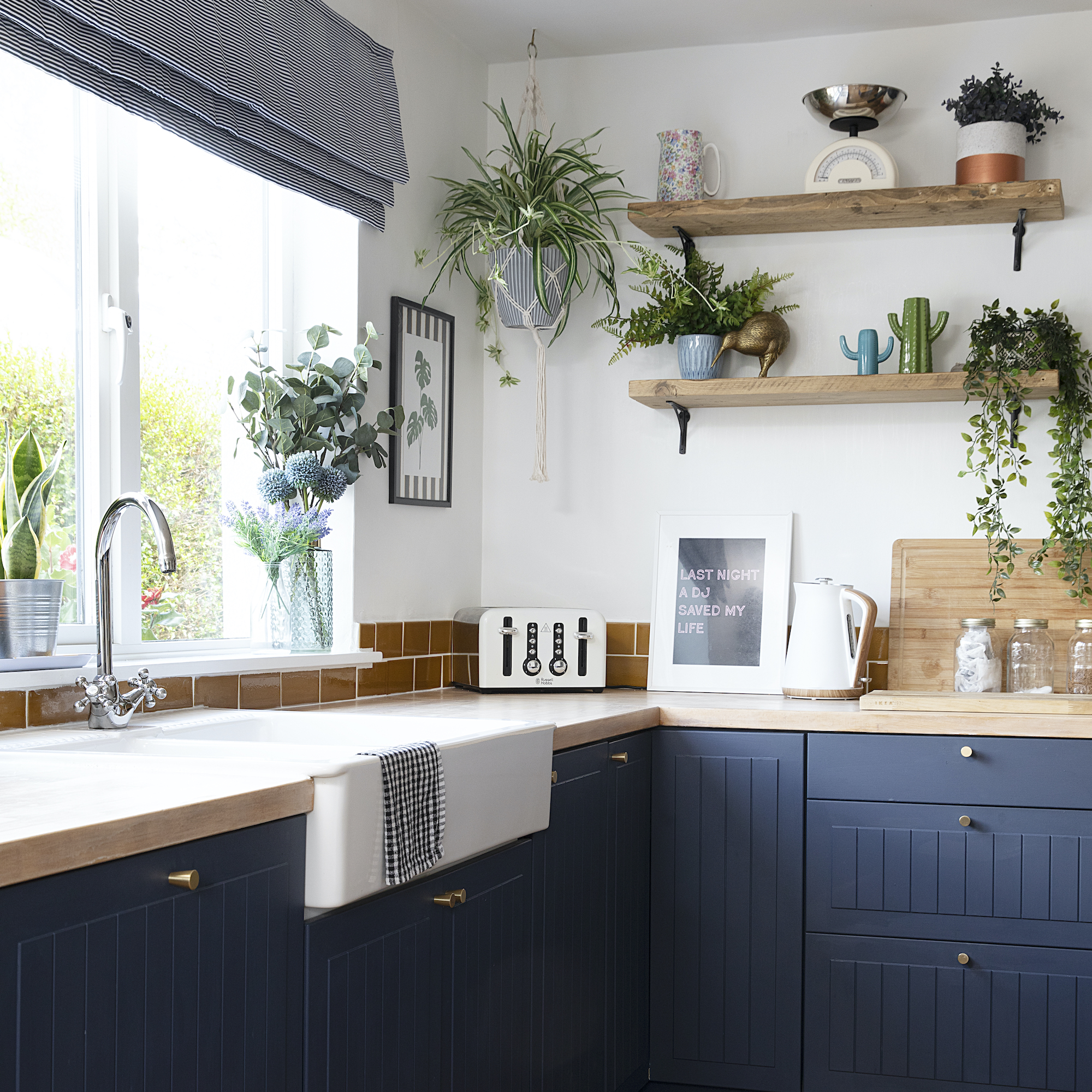
Connectedness to nature is crucial for your mental health and everyday happiness. Melinda Knuth, assistant professor of horticultural science at North Carolina State University, says, ‘Plants have a huge restorative capacity, whether it’s outdoors in a yard or indoors with house plants, nature can help us feel recharged and grounded.’
In a 2013 study conducted by Chinese scientists in 2013, participants who spent five to 10 minutes in a room with a few houseplants felt happier and more satisfied than in a room without plants.
Setting up an outdoor living space that can be used all year round can boost your relationship with nature. Alternatively, if you don't have any outdoor space you can mimic this effect with house plant ideas dotted around your house instead.
5. Put joyful memories on display
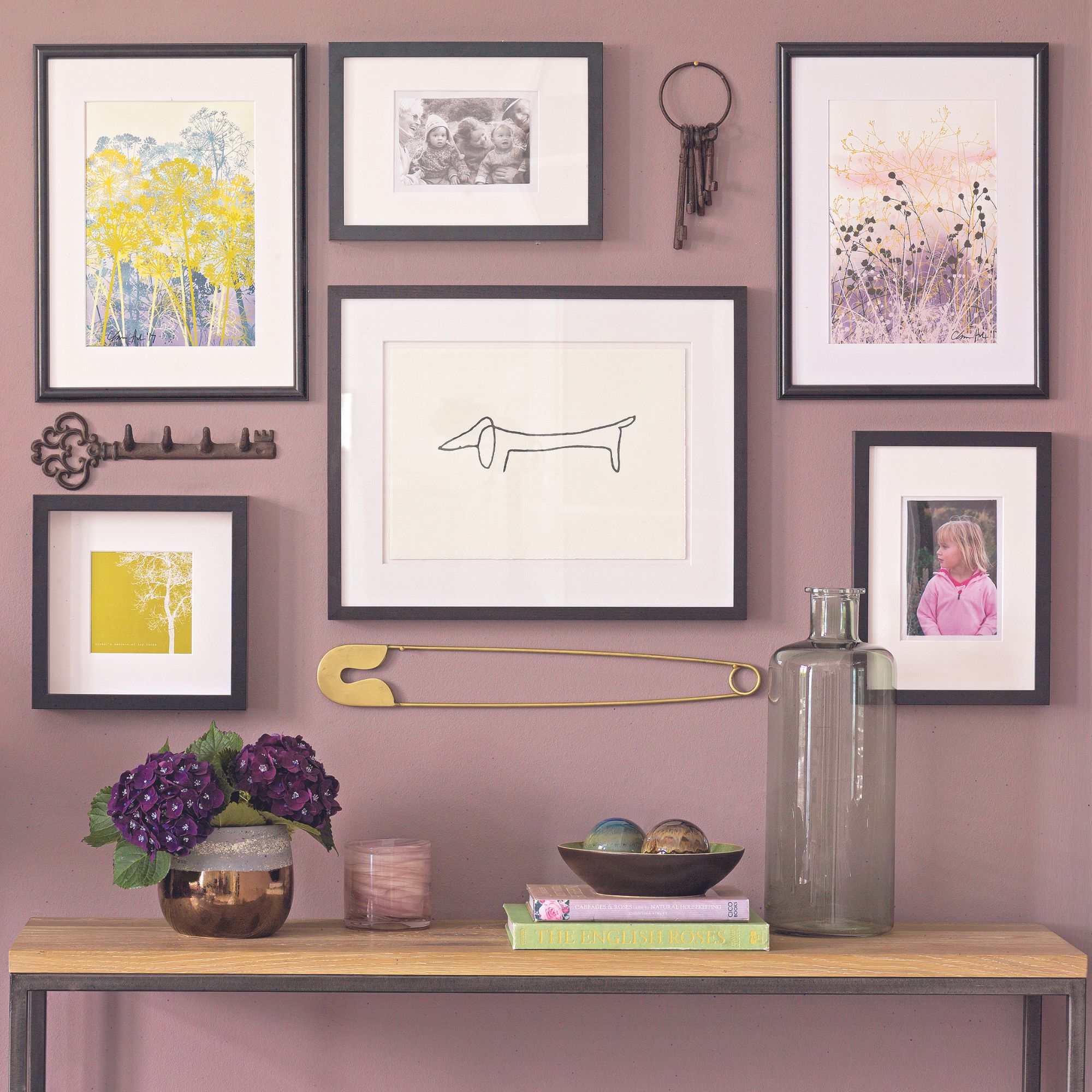
Start planning how to add photos to your gallery wall ideas now. Special mementoes have the power to revive old feelings of security and being loved. Leonie Holmes explains, ‘For example, when we look at old holiday pictures and remember a good experience, or when we hug a loved one, we release oxytocin’. This is known as the ‘love hormone’.
It’s not only photos that can do this: ‘A soft, cosy blanket that smells of a particular scent may remind us of childhood comfort and feeling safe. A beautiful painting may have a similar effect.’
These items provide a tactile as well as visual sensory trigger. Dr Lamia says, ‘Imagine sitting in a chair where your body rests against the soft blanket a beloved aunt had crocheted. As you press against the fabric, you sense its ineffable meaning in your body. Present sensory experiences may reawaken images that affect our current emotional, cognitive, and physiological responses.
Of course, it is not the presence of an object or any item that connects us to our past. What connects us to those we love or those we have loved and lost is felt inside us through memories. Above all else, sensory memory is an adaptive process that enables us to use the past—the traces of a felt presence that remain in our body— to imagine new possibilities.’
6. Put clean sheets on your bed
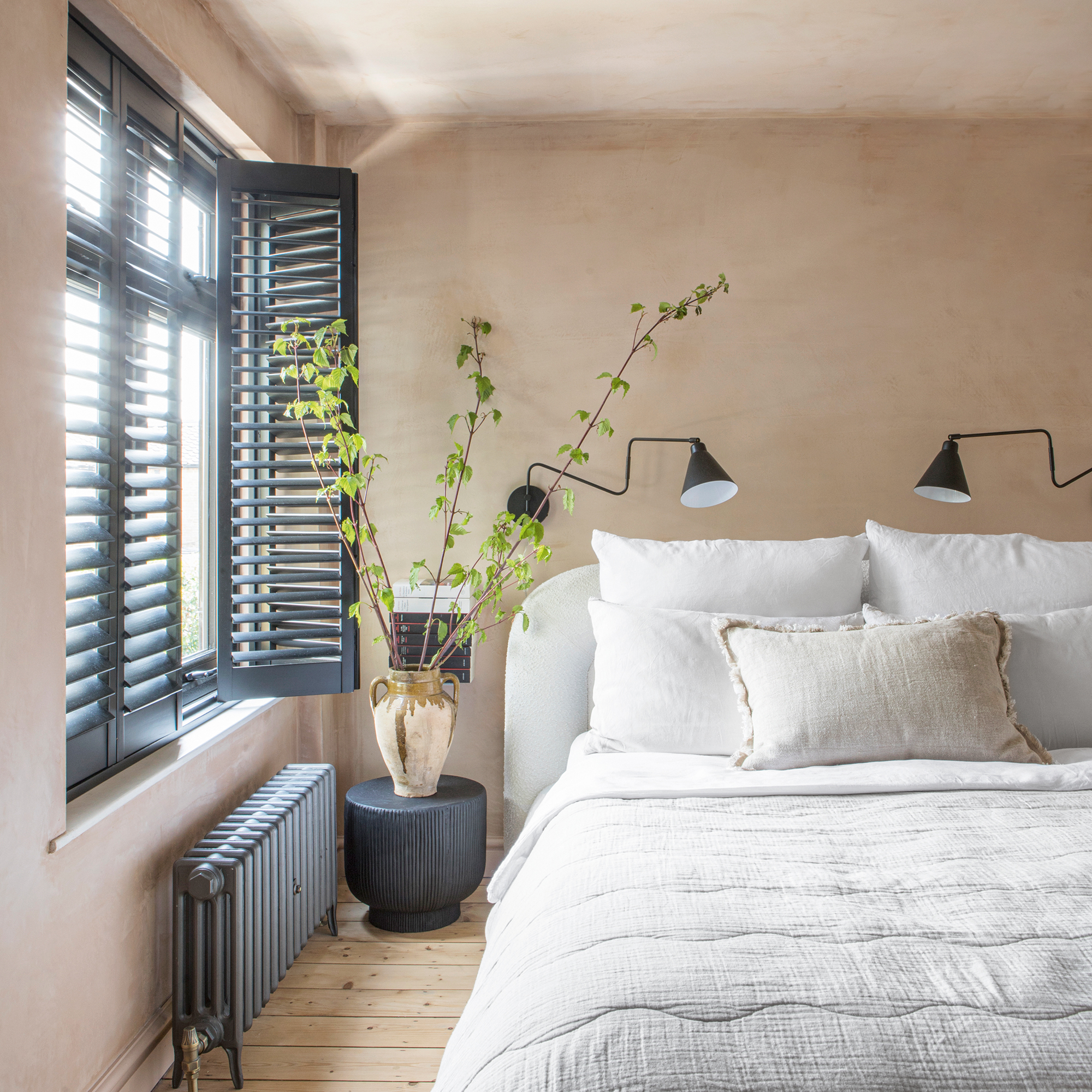
Who doesn’t love that moment of snuggling down into a freshly changed bed? A survey commissioned by Bupa in 2015 asked 2,000 people to name their top feel-good moment. Almost two-thirds of respondents said it was sleeping in a newly made bed, putting it at the top of the list.
The reasons why aren’t hard to fathom: in 2012, researchers at the US National Sleep Foundation found that 73% of us sleep better on fresh sheets and also that our sex lives improve. If you’re struggling with night sweats, the best bedding for menopause and night sweats is breathable bamboo, linen and cotton. Each of these materials will keep your bedding feeling fresher for longer.
7. Make every space calm and uncluttered
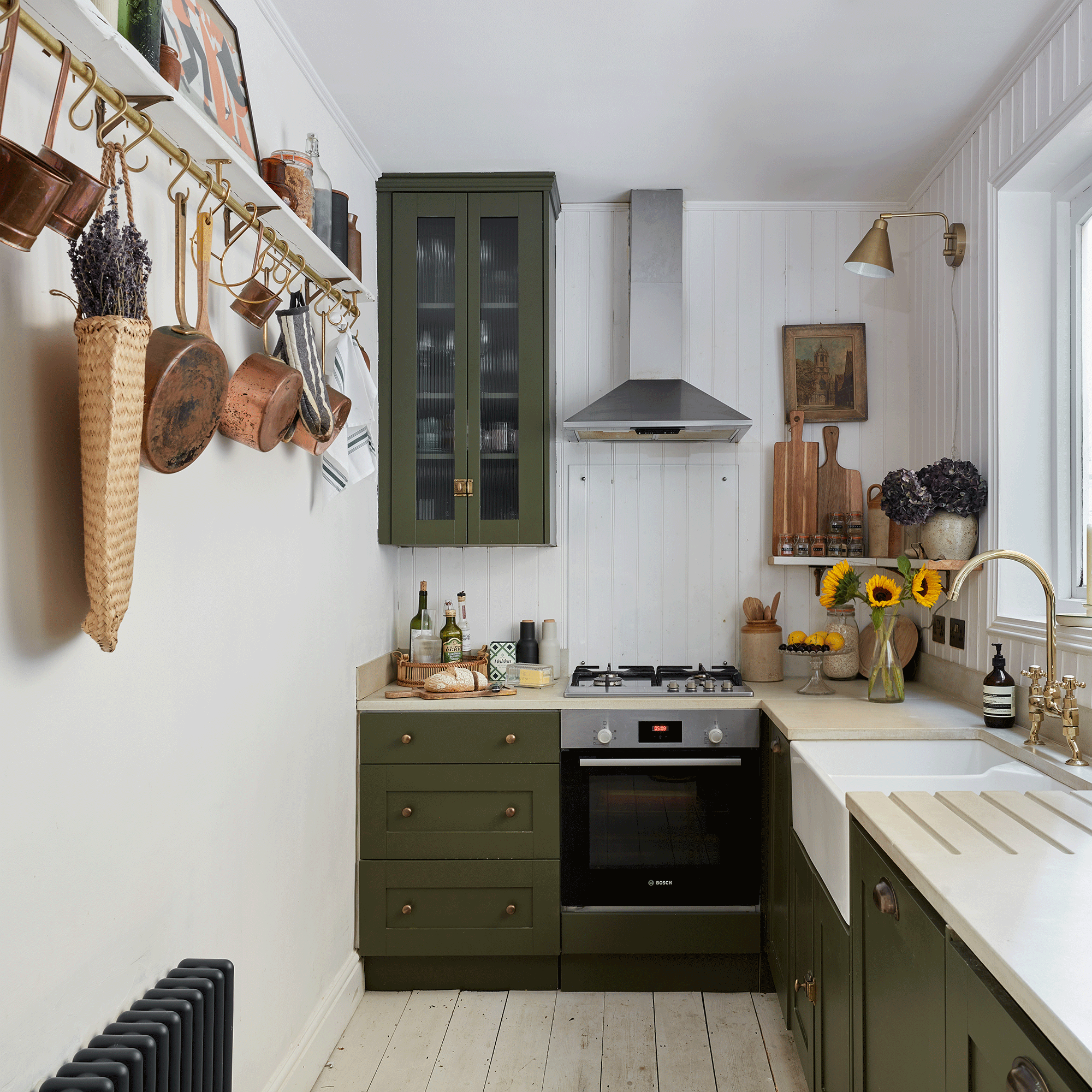
Alex Bothwell, a cognitive behavioural therapist at Oxford CBT says, ‘A cluttered and messy surrounding can cause us to feel anxious, stressed and overwhelmed. Research has identified that cleaning and organising our living spaces can help increase concentration, prioritise tasks more efficiently and enable us to relax. While a messy space can result in a cluttered mind, cleaning and organising your living space can support you to feel better mentally.’
There’s no need to spend a fortune on the latest storage doo-dads you’ve seen on TikTok. Professional organisers often reuse household items to get a grip on clutter. For example, an old jam jar can live a second life for spare buttons, threads or as a pencil holder, the list is endless.
What are some happy triggers?
Happy triggers are all personal, they are anything that brings happy memories flooding back. These can be a smell, photo or piece of music, in some cases it can be a secondhand piece of furniture either handed down from a family member, or that reminds you of something you've owned before.
How can I bring happiness to my home?
Making sure a house can function properly as a comfortable and healthy home is the number one priority. Jean Whitehead, Senior Lecturer in Interior Design at Falmouth University comments, ‘Nobody wants to live in a dank, dark, cold, cluttered interior. Prioritising decorative decisions over remedial work needed to the building will just delay issues concerning air quality, thermal efficiency and acoustic control that will impact on our sense of comfort.’
With these secure, it’s all about identifying your happy triggers, says counsellor Leonie Holmes: ‘We have the power to adapt our environment to evoke as many positive triggers as possible.’
These are only ideas to use as a jumping off point to work out your own happy triggers. Take some time to brainstorm and notice what makes you happy when you walk into a room and you're already on your way.







